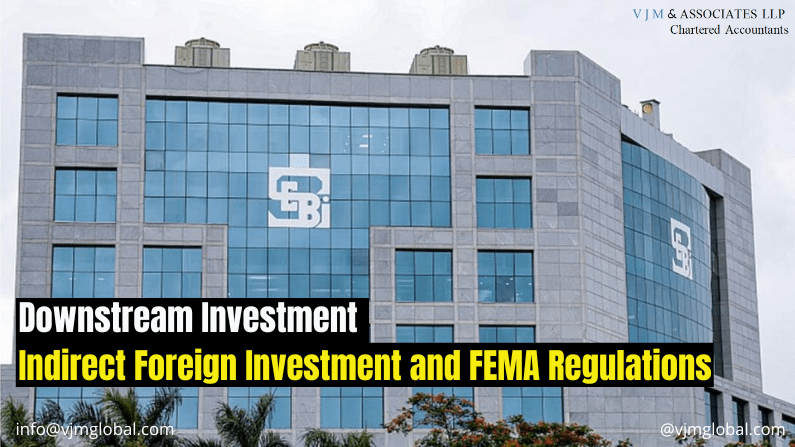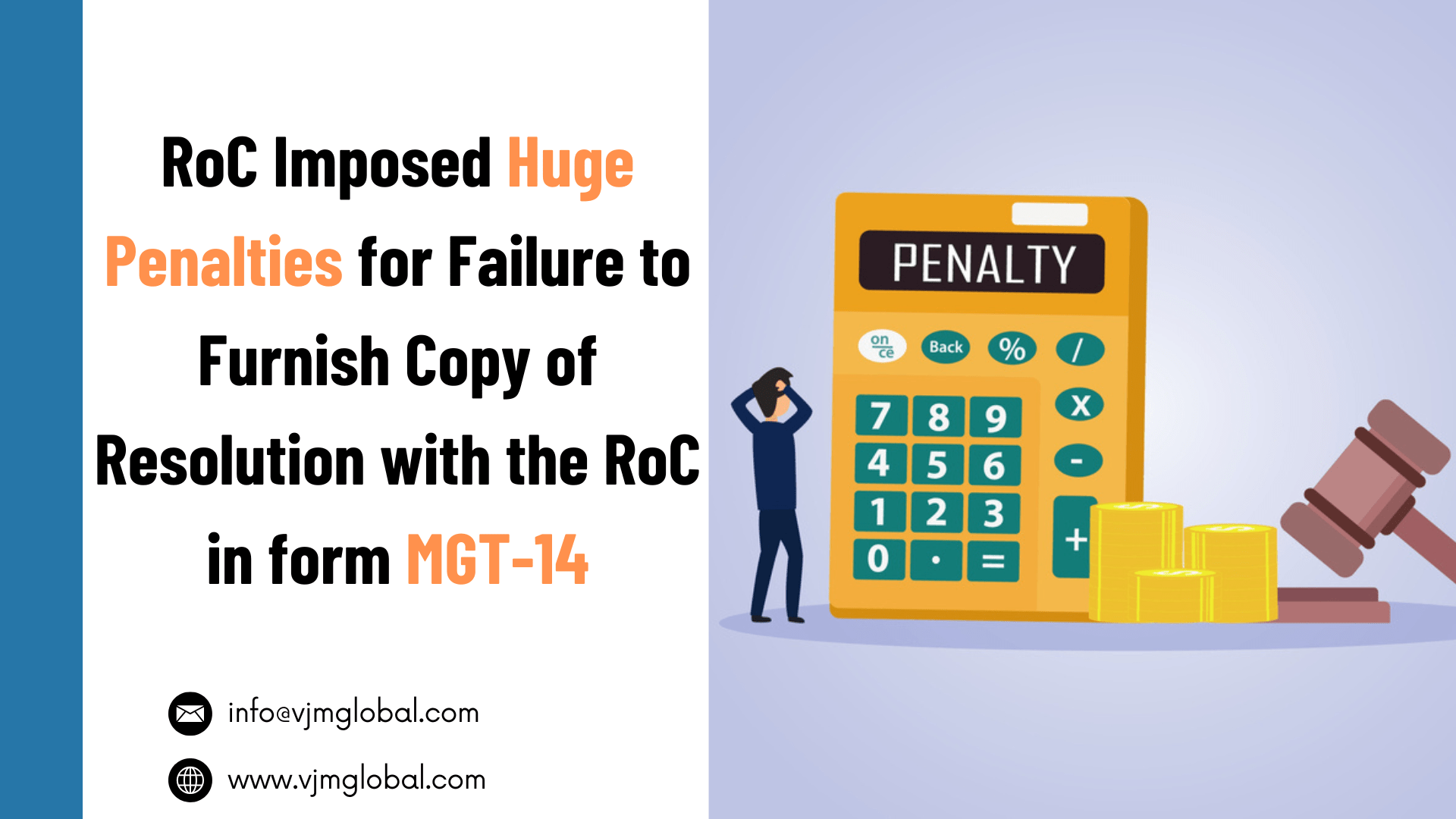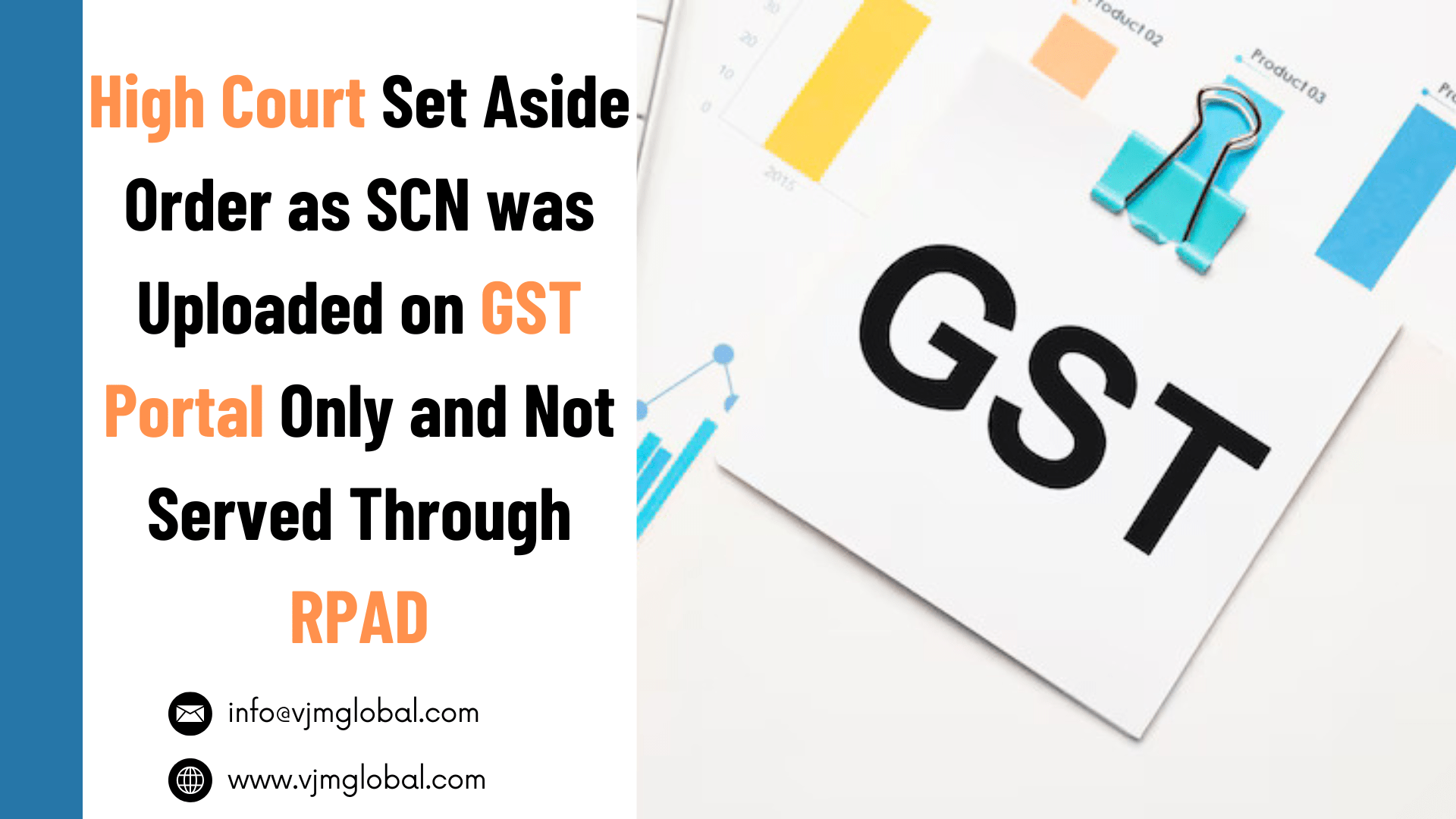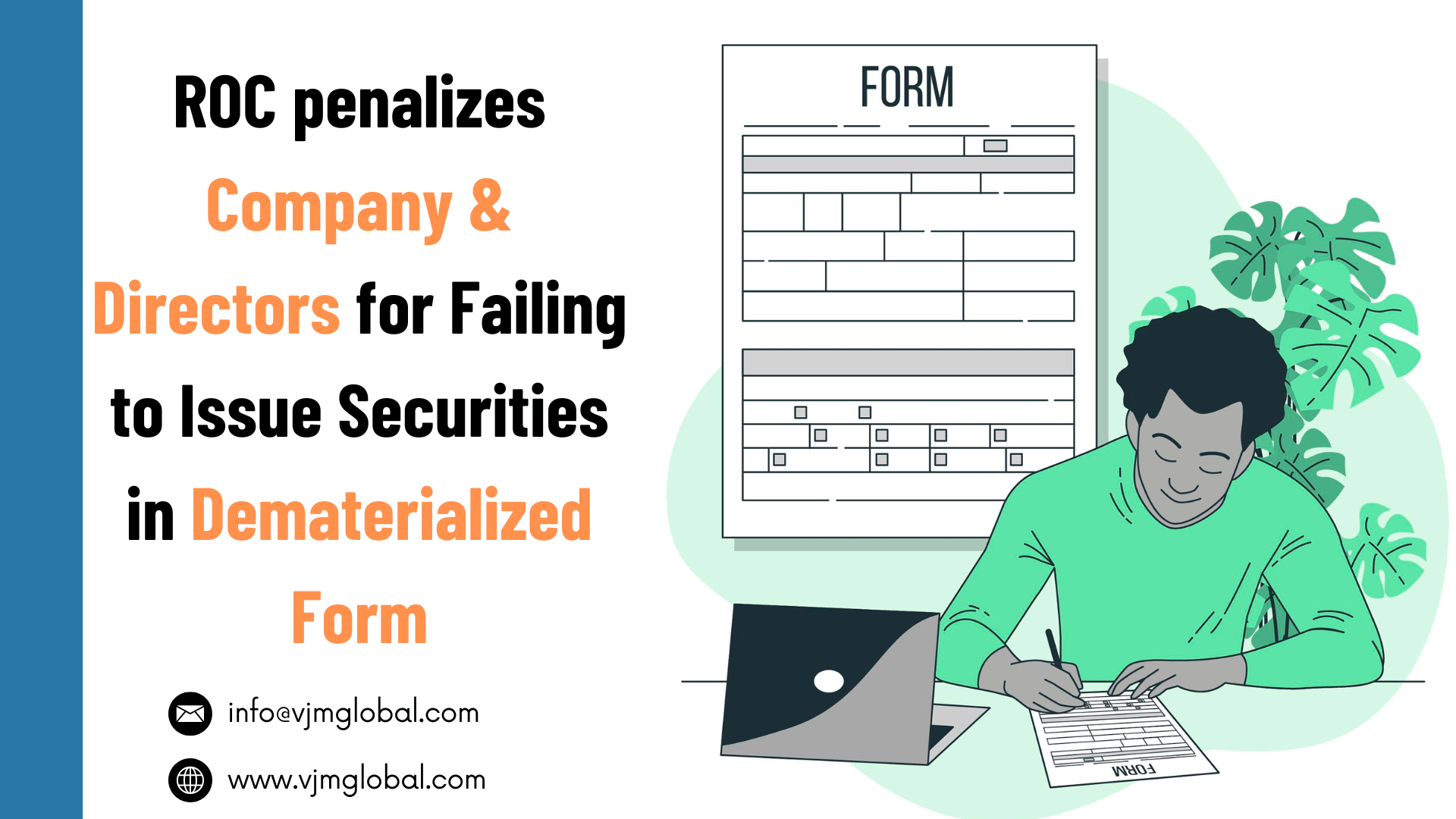Foreign Direct Investment is a very commonly used as well as regulated manner of investment in India. The government has given enough liberty in many sectors to Non-residents so that they can make hassle-free investments in the equity capital of Indian Companies, i.e., without obtaining any prior approval. Even in certain sectors, 100% FDI is allowed, i.e., Indian Entity can be completely owned and controlled by Non-residents. On the contrary, considering National Security, there are various sectors where FDI is completely prohibited or is permitted after obtaining approval from RBI or Central Government that are too subject to sectoral caps.
Therefore, various foreign investors identified a loophole in regulation and they began to make 100% FDI in Indian companies in those sectors where automatic approval is available. Such Indian entities further made investments in sectors where FDI is prohibited. As the investment-making entity was an Indian Company, therefore, FDI provisions were not applicable.
For this purpose, RBI introduced the concept of “Downstream Investment (DI)” or “Indirect Foreign Investment”. In this article, an elaborate discussion is made about “Downstream Investment” and “Indirect Foreign Investment”.
1. Meaning of Downstream Investment and Indirect Foreign Investment
1.1 Downstream Investment
- Provisions related to downstream investment are given in Master Directions issued by RBI on Foreign Investment in India vide RBI/FED/2017-18/60 FED Master Direction No.11/2017-18 dated 4th January 2018.
- As per Point No. 9.1.13 of Master Directions, ‘Downstream Investment’ is an investment made in the equity instruments or the capital, as the case may be, of another Indian entity.:
- By an Indian entity which has received foreign investment; or
- An Investment Vehicle
- ‘Investment Vehicle’ is an entity registered and regulated under relevant regulations of SEBI or any other authority designated for the purpose and will be Real Estate Investment Trusts (REITs) governed by the SEBI (REITs) Regulations, 2014, Infrastructure Investment Trusts (InvITs) governed by the SEBI (InvITs) Regulations, 2014 and Alternative Investment Funds (AIFs) governed by the SEBI (AIFs) Regulations, 2012.
1.2 Indirect Foreign Investment
- As per Point No. 9.1.15 of master directions, Indirect foreign investment is a form of downstream investment wherein investment is received by an Indian Entity from.
- another Indian entity (IE) which has received foreign investment and
- Such Indian Entity is not owned and not controlled by resident Indian citizens or
- is owned or controlled by person resident outside India; or
- From an investment vehicle whose sponsor or manager or investment manager
- is not owned and not controlled by resident Indian citizens or
- is owned or controlled by person resident outside India
- If the sponsor or manager or investment manager is organised in a form other than companies or LLPs, SEBI shall determine whether the sponsor or manager or investment manager is foreign-owned and controlled
Therefore, in the case of Indirect Foreign Investment, Indian Entity making investment receives investment from outside India and it is owned and controlled by a person resident outside India.
2. What is owned and controlled by Resident Indian Citizens or Persons outside India
- “Ownership of an Indian firm” means beneficial ownership of more than 50% of the business’s capital instruments.
- By virtue of their shareholding or management rights, shareholders agreement or voting agreement, they have the authority to choose a majority of the directors or to “control” the management or policy choices.
- An Indian firm whose ownership is vested in resident Indian citizens and/or Indian corporations that are ultimately owned and controlled by resident Indian citizens is referred to as a “company owned by resident Indian citizens.”
- “Company controlled by resident Indian citizens” refers to an Indian company over which resident Indian citizens have control, as well as Indian enterprises that are ultimately owned and controlled by resident Indian citizens.
- An Indian firm owned by persons residing outside India is referred to as a “company owned by persons residing outside India.”
- An Indian firm controlled by persons residing outside India is referred to as a “company controlled by persons residing outside India.”
3. In case the investor company is owned and controlled by a person resident outside India after making an original investment
- There can be cases where the original investment made in the investee entity was made as a resident but later the investor entity becomes owned and/or controlled by persons resident outside.
- In such case, such original investment shall be reckoned as downstream investment from the date on which the investor entity is owned and/or controlled by a person resident outside India.
- Accordingly, such downstream investment shall be in compliance with the applicable entry route and sectoral cap]
4. Prohibition on Indirect Foreign Investment
- No person resident in India other than an Indian entity can receive Indirect Foreign Investment..
- Indian Entity means an Indian Company or an LLP.
- Therefore, any person other than an Indian Company or an LLP can’t receive funds under Indirect Foreign Investments.
5. Indirect Foreign Investment subject to regular guidelines
- The major principle of the downstream investment guidelines is that “what cannot be done directly shall not be done indirectly”.
- Accordingly, if direct foreign investment is subject to regulations similarly, indirect foreign investment is also subject to regulations.
- Therefore, downstream investments which are treated as indirect foreign investments are subject to the entry routes, sectoral caps or the investment limits, as the case may be, pricing guidelines, and the attendant conditionalities for such investment as laid down in the NDI Rules.
6. Conditions for Indirect Foreign Investment for the investee Indian Entity
- An Indian entity which has received indirect foreign investment is required to comply with the entry route, sectoral caps, pricing guidelines and other FDI-linked performance conditions as applicable for foreign investment.
6.1 Downstream Investment by an LLP or in an LLP
- Downstream investment in an Indian company which are operating in sectors where foreign investment up to 100 per cent is permitted under the automatic route and there are no FDI-linked performance conditions is permitted by an LLP not owned and controlled by resident Indian citizens, or owned and controlled by persons resident outside India.
- Indirect Foreign Investment is permitted in an LLP in sectors where foreign investment is allowed 100% under automatic route and there are no FDI-linked performance conditions.
6.2 Indirect Foreign investment by Investment Vehicle
- In the case where sponsors/ managers/ investment managers of an investment vehicle are individuals, for the downstream investment made by such investment vehicle not to be considered as Indirect Foreign Investment for the investee, the sponsors/ managers/ investment managers of the investment vehicle should be resident Indian citizens.
- In case the sponsor/ manager/ investment manager is organised in any other form, SEBI will determine whether it is foreign-owned and/ or controlled or not.
6.3 Conditions for Downstream Investment
- The Board of Directors of the investee company as also a shareholder’s agreement must approve Indirect Foreign investment.
- The Indian entity making Indirect Foreign Investment is required to bring in the requisite funds from abroad and it can not use funds borrowed in the domestic markets.
- Subscription by a person resident outside India to non-convertible debentures issued by an Indian company will not be construed as funds borrowed/ leveraged in the domestic market. However, raising of debt and its utilisation will have to comply with the Act and the rules or regulations made thereunder.
- Indirect Foreign Investment can be made through internal accruals. For this purpose, internal accruals will mean profits transferred to the reserve account after payment of taxes.
- When a company which does not have any operations makes an Indirect Foreign Investment, it will have to comply with the relevant sectoral conditions on entry route, conditionalities and caps.
- Under the automated method, downstream investments are permissible within the foreign equity levels allowed for various activities.
- Downstream investments involving the establishment of Export Oriented Units (EOU)/Software Technology Parks (STP)/Electronic Hardware Technology Parks (EHTP) projects, as well as items involving compulsory licencing, SSI reserved items, and the acquisition of an existing stake in an Indian company by way of transfer/buyback, will not be eligible for automatic approval and will require prior approval from the Foreign Investment Promotion Board (FIPB)/Government.
- Shares must be issued, transferred, priced, and valued in compliance with SEBI/RBI norms.
- The Indian firm undertaking the downstream investment must bring in the required cash from outside rather than borrowing funds from domestic markets. These rules were first published by DIPP in their Press Note 4 in 2009 and were later adopted by the RBI into their FDI Regulations.
- by DIPP in Press Note 12 of 2009, and were then integrated into RBI’s FDI Regulations.
- Furthermore, the raising of debt and its use must be in accordance with the FEMA Act and any rules or regulations promulgated thereunder.
- A capital instrument of an Indian firm held by another Indian company that has received foreign investment but is not owned or controlled by resident Indian nationals, or is owned or controlled by persons residing outside India, may be transferred to:
- An individual who lives outside of India is required to file Form FC-TRS.
- A person residing in India must follow price guidelines.
- An Indian corporation that has received foreign investment but is not owned or controlled by Indian citizens, or owned or controlled by people who live outside of India.
- The first-level Indian company that makes a downstream investment is responsible for ensuring that the provisions of these regulations are followed for the downstream investment it makes at the second level, and so on.
- On an annual basis, the first-level company must get a Certificate to this effect from its Statutory Auditor, and compliance with these regulations must be noted in the Director’s Report in the Indian company’s Annual Report. If a statutory auditor issues a qualified report, it must be immediately brought to the attention of the Reserve Bank’s Regional Office (RO) in whose jurisdiction the company’s Registered Office is located, as well as receive an acknowledgement from the RO.
7. Downstream investment/s under Corporate Debt Restructuring (CDR), mechanism
- With effect from July 31, 2012, downstream investment/s made by a banking company which is not owned and not controlled by resident Indian citizens or is owned or controlled by persons resident outside India, under Corporate Debt Restructuring (CDR), or other loan restructuring mechanism, or in the trading book, or for the acquisition of shares due to defaults in loans, will not be considered as indirect foreign investment.
8. Guidelines for calculation of total foreign investment in Indian companies
- For the purpose of downstream investment, the portfolio investment held as on March 31 of the previous financial year in the Indian company making the downstream investment will be considered for computing the total foreign investment of the investee Indian entity.
- The indirect foreign investment received by a wholly owned subsidiary of an Indian company will be limited to the total foreign investment received by the company making the downstream investment
9. Reporting requirements
- According to Regulation-13.1.11 of the FEMA FDI Regulations, 2017, an Indian company that makes a downstream investment in another Indian company, which is considered an indirect foreign investment for the investee company under the FDI Regulations, must notify the Secretariat for Industrial Assistance, DIPP, and file “Form DI” within 30 days of the investment, even if capital instruments have not been allotted along with the modality of investment in new/existing ventures (with or without expansion programme).
- With effect from 1st September 2018, an Indian entity or an Investment Vehicle making downstream investment in another Indian entity which is considered as an indirect foreign investment for the Indian entity in terms of Regulation 14 of FEMA FDI Regulations,2017 shall file “Form DI with the Reserve Bank of India (RBI) within 30 days from the date of allotment of capital instruments.”
10. Consequences of non-reporting
- Non-reporting of foreign investment received will be viewed as a violation of FEMA regulations.
- It may be required to compound violations of FEMA regulations either suo moto or in response to a notice from RBI.
- An application must be filed with RBI RO in accordance with the stipulated procedure for compounding the infractions.
- We may be compelled to file a compounding application to the RBI’s Central Office in some circumstances of non-reporting.
- In the event that the corporation has broken the rules, a Late Service Fee (LSF) at the statutory rates can be paid instead of compounding.















